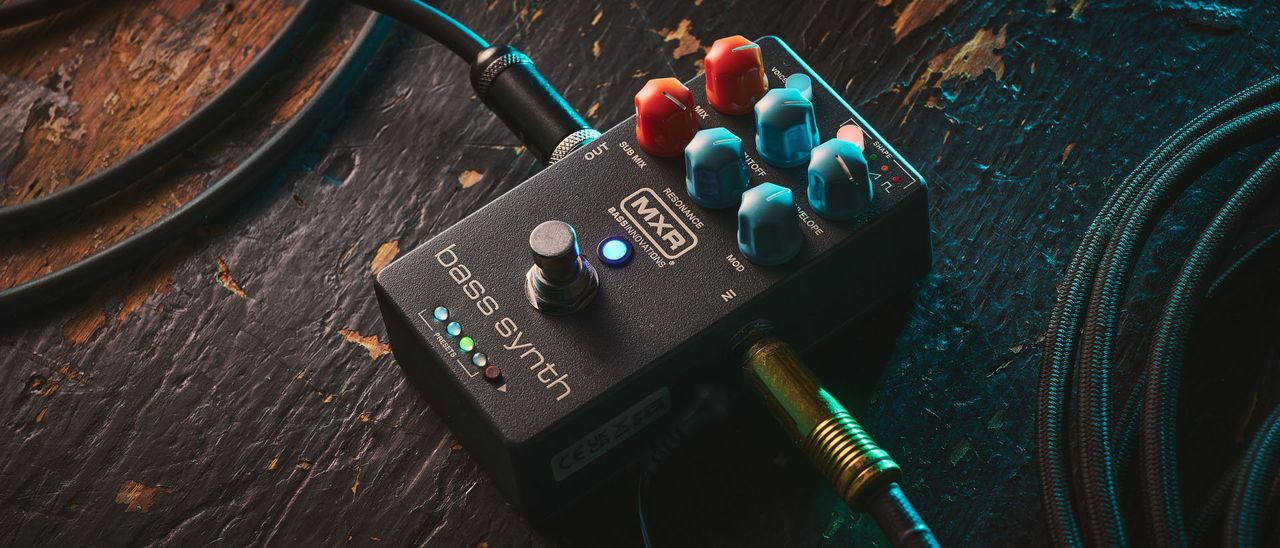
What is it?
The synthesizer has undoubtedly made its mark on the lower frequencies of popular music, through decades of hit songs with iconic processed tones – a filtered, rhythmic gurgle here, a growling, distorted maelstrom there, and generations of bass guitar players have sought out the creative freedom that comes with a great synth tone.
Now, MXR has jumped into the market with its own bass synth, called… the Bass Synth.
Developed with session bassist, content creator and educator Ian Martin Allison, the Bass Synth is designed to circumvent the flaws Allison found in existing bass guitar-oriented synthesizer pedals.
Specs
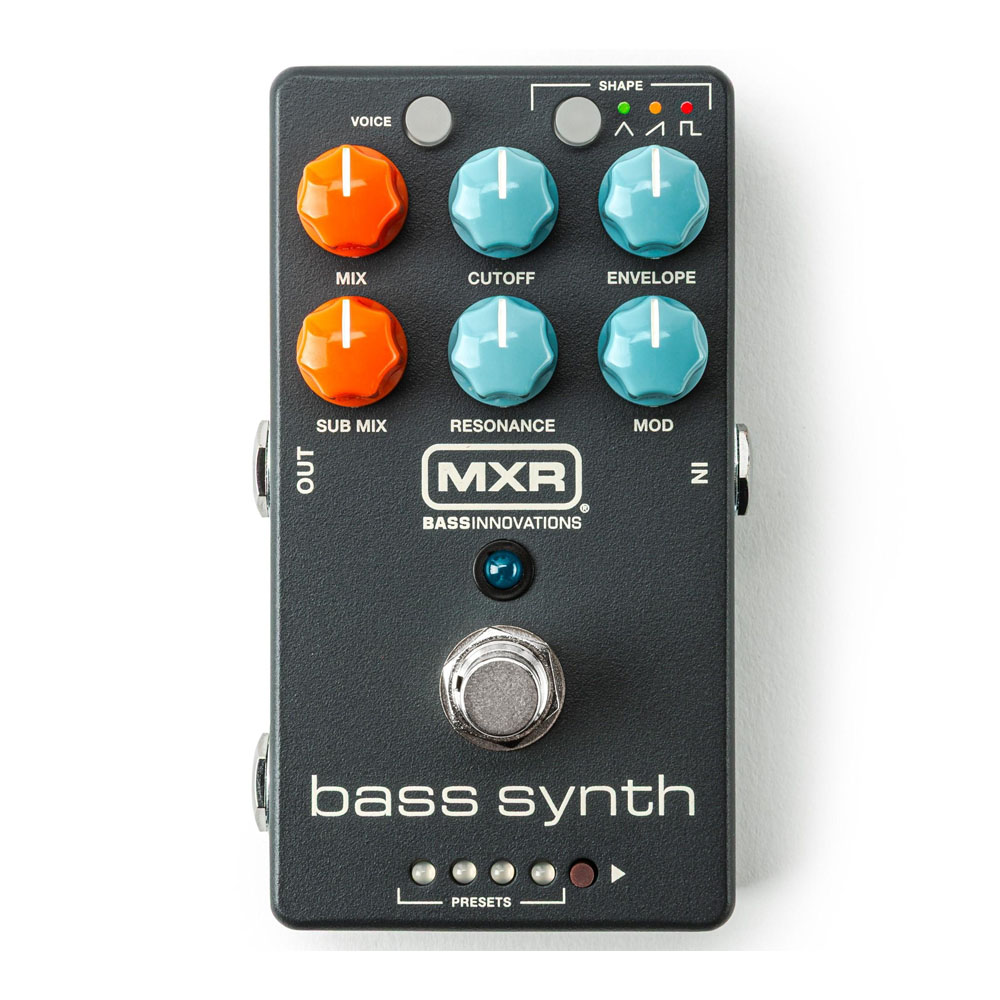
- Price: £289/$269/€329
- Type: Bass synthesizer pedal
- Controls: Mix, Sub Mix, Cutoff, Resonance, Envelope, Mod rotary controls. Buttons for Voice and Shape. Preset selector button. On/off footswitch
- Features: Additional parameters for all rotary controls - Voice Mix, Noise Mix, Filter Envelope Amount, Glide, Amp Envelope, Mod Blend, Compression, Output Gain, Gate Sensitivity, Tracking, Dry Thru FX, Output Mode. Eight preset slots (pre-loaded with factory presets)
- Connectivity: Instrument Input/Output, external footswitch/expression pedal input, power jack
- Bypass: Switchable dependent on output mode
- Power: 9V DC, centre negative (330mA)
- Dimensions: 57x108x50mm
- Options: N/A
- Contact: Jim Dunlop
Build quality
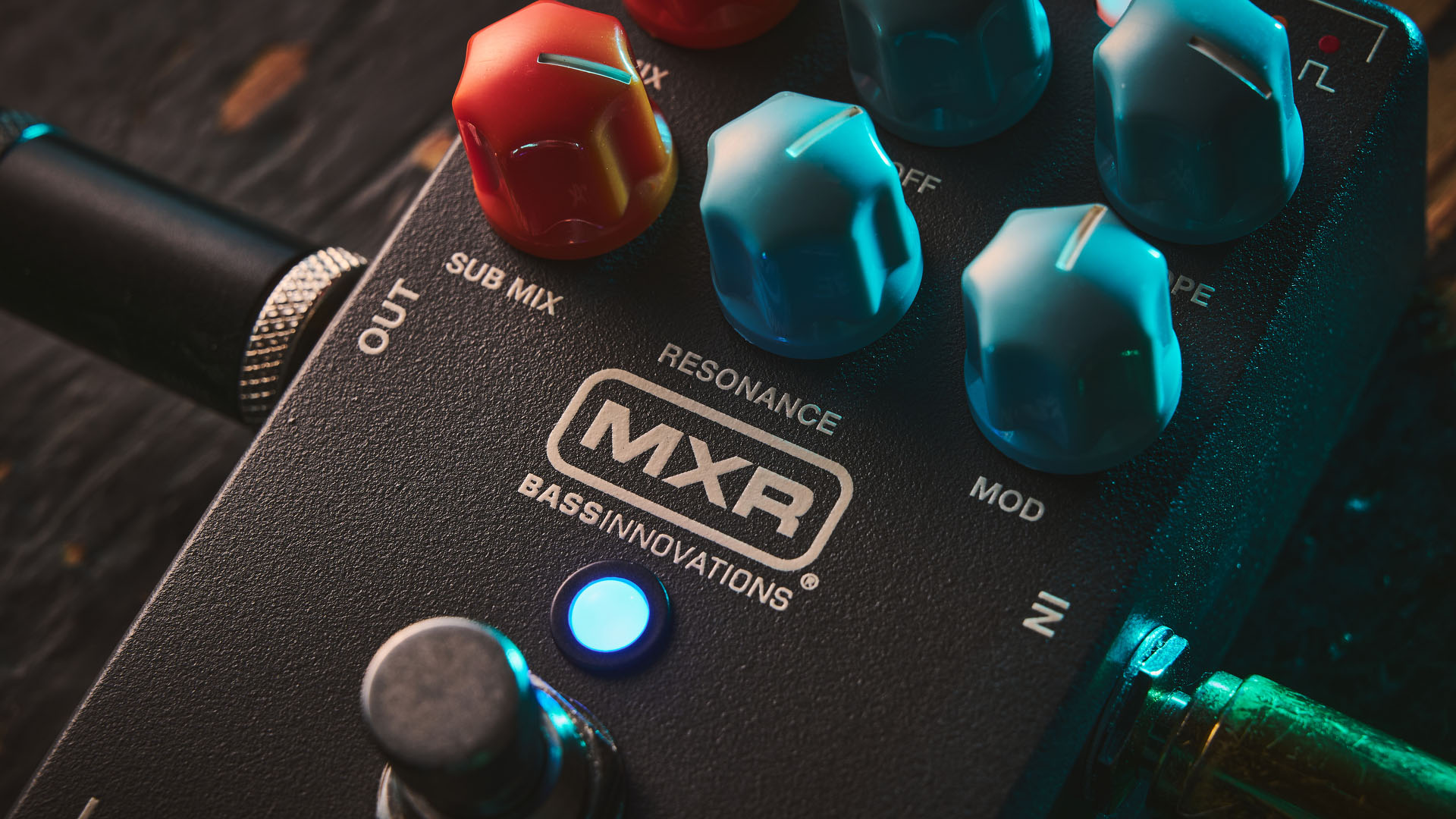
Build quality rating: ★★★★★
The pedal sits in a standard-sized, typically sturdy and well-finished MXR enclosure, a boon for anyone with a tight pedalboard.
A flotilla of six knobs control various labelled parameters, with two buttons along the top (for adjusting waveform shape, and bringing in additional voices), plus another at the bottom, next to the footswitch, for scrolling presets.
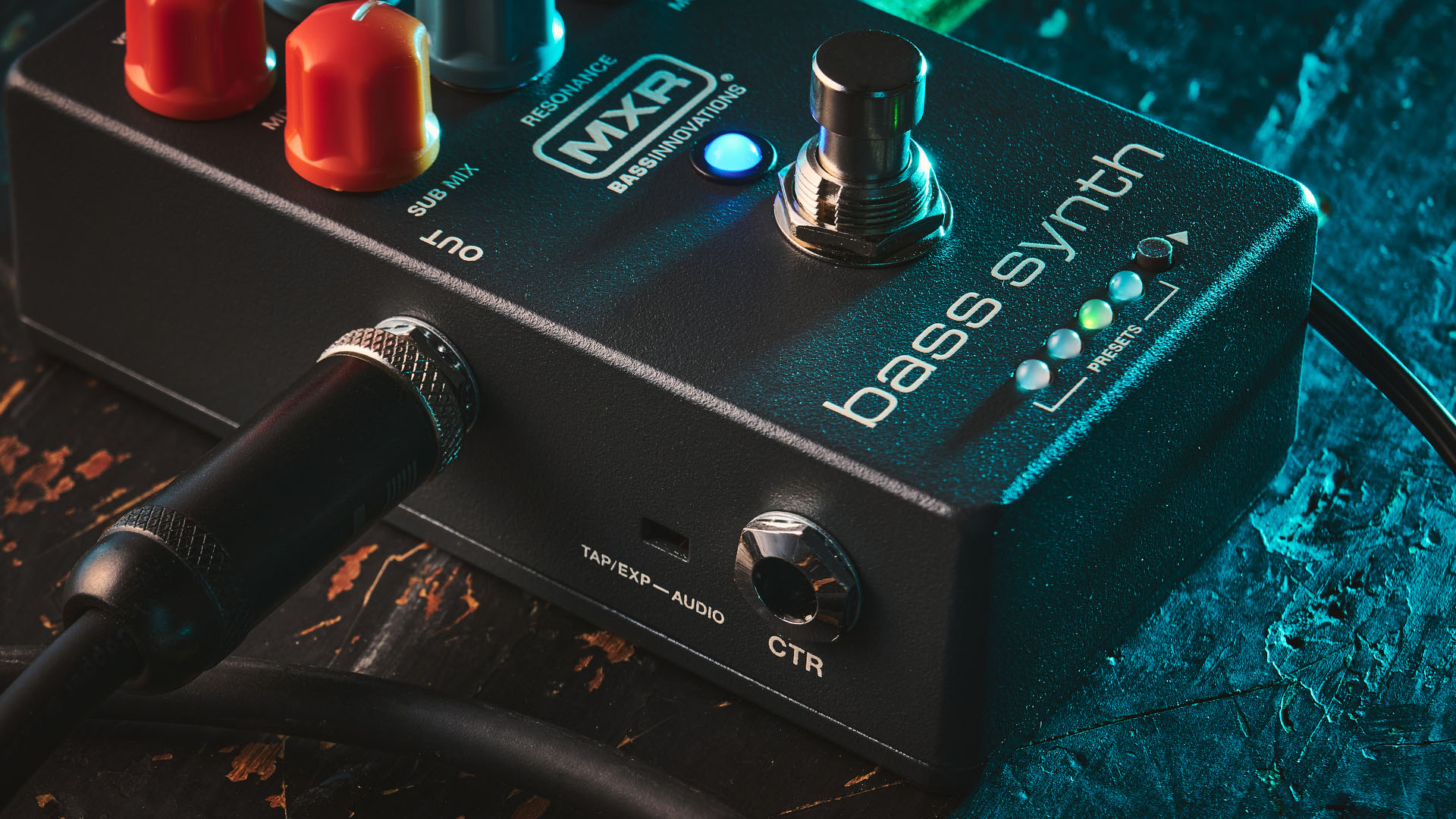
Usability

Usability rating: ★★★★☆
There’s even an emulation of Tony Levin’s iconic octave-down groove on Peter Gabriel’s Sledgehammer
Here’s the kicker though - besides those marked on the control panel, each of the six pots has two further functions, accessed by turning said knob while pressing one or other of the buttons along the top. In total, then, there are eighteen different parameters hidden in the rotary controls - some serious adjustment. It’s hard to conceive of a synth sound you couldn’t find in here - given enough time to dial it in.
Helpfully, though, MXR has provided eight factory-loaded presets to get users started – and they’re all carefully-dialled emulations of classic synth bass tones through the ages. We’ve Thriller, we’ve Stevie Wonder, Nine Inch Nails, and modern EDM sidechaining. There’s even an emulation of Tony Levin’s iconic octave-down groove on Peter Gabriel’s Sledgehammer. Overall, there’s a good balance between mind-boggling tweaking potential and instant, plug-and-play gratification.
I ran my passive Yamaha BB five-string into the pedal then straight into a power amp, uncoloured by preamps or external effects - though I’m sure a huge amount of fun can be had in experimenting with the Bass Synth alongside various combinations of other pedals.
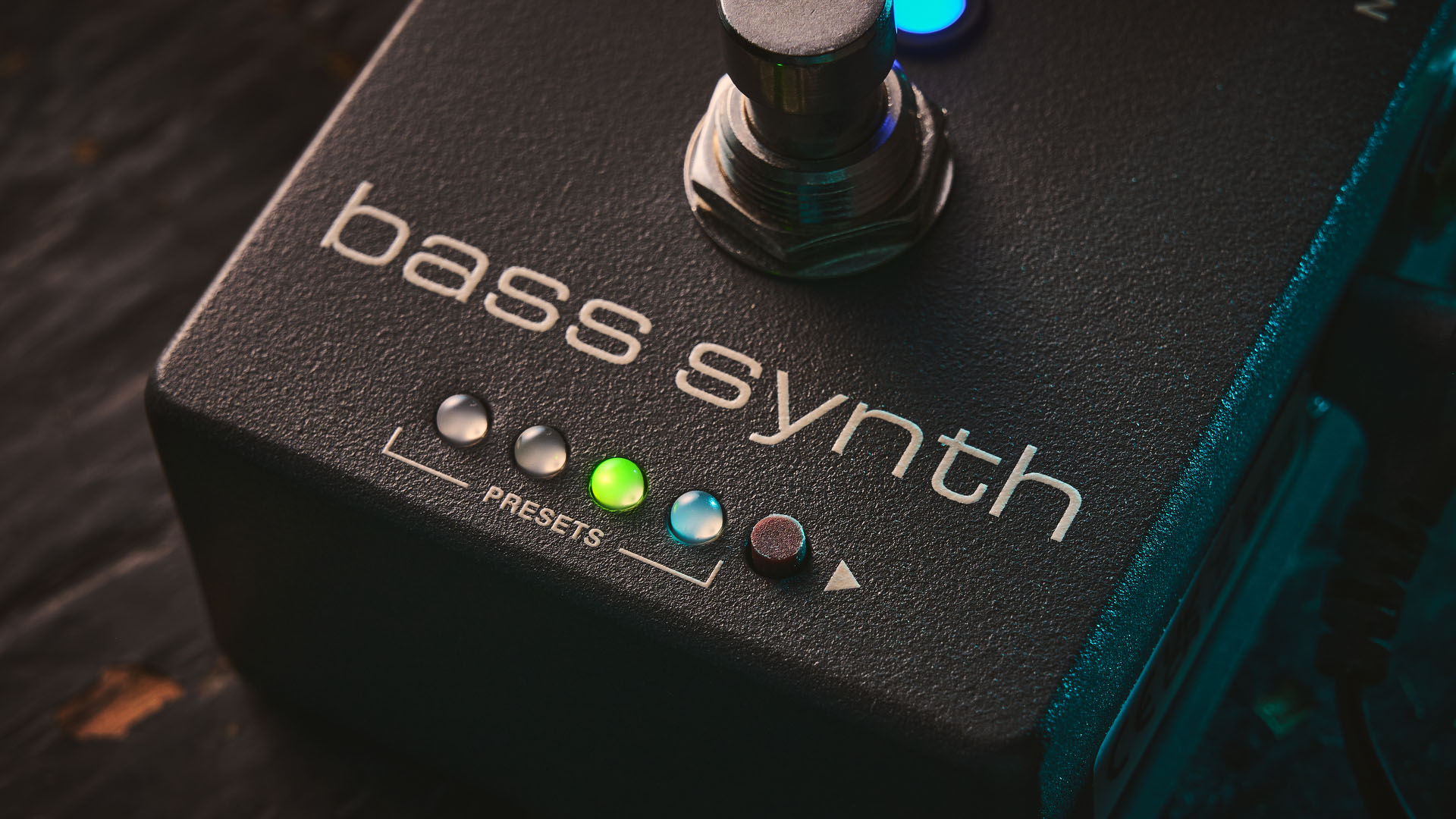
Sounds
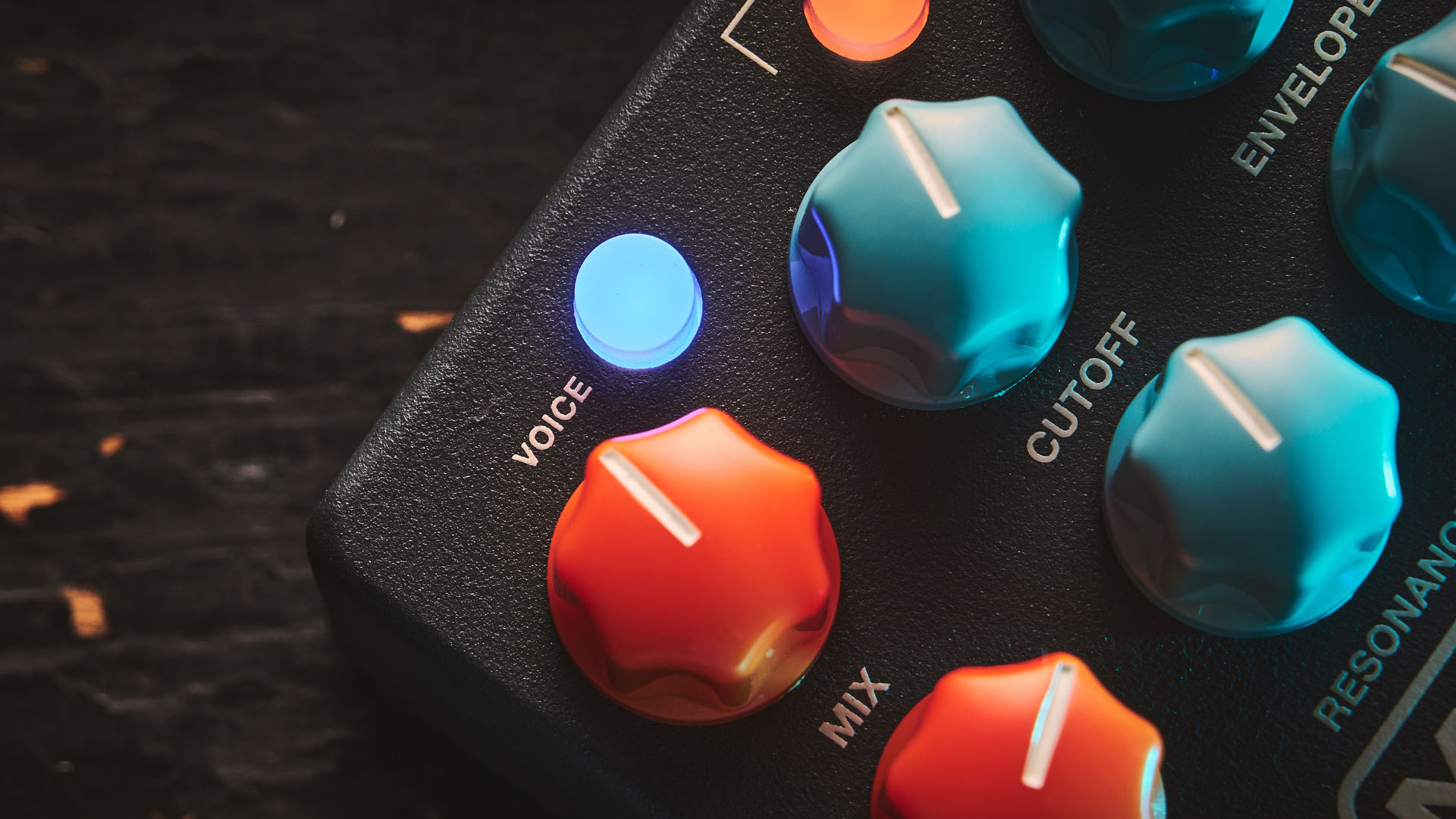
Sounds rating: ★★★★½
Turning the Cutoff up from zero brings in the signal - from a cleaner and more traditional synth bass tone to an angry, distorted blare. Envelope and Resonance adjust the attack and tonality of the synth signal, while Mix blends the processed and dry signals and, importantly, Sub Mix brings in a punchy, lower-octave growl. The Mod control can mix between chorus and LFO to taste.
Above, the Voice button brings in a chiming upper octave. The other button, Shape, controls the oscillator waveform - dramatically changing the sound. Triangle is subdued, requiring careful dialling in order to be as impactful as the other settings. Sawtooth is far more aggressive, with a punchy, snarling edge, and Square can provide a huge, room-filling, distorted roar.
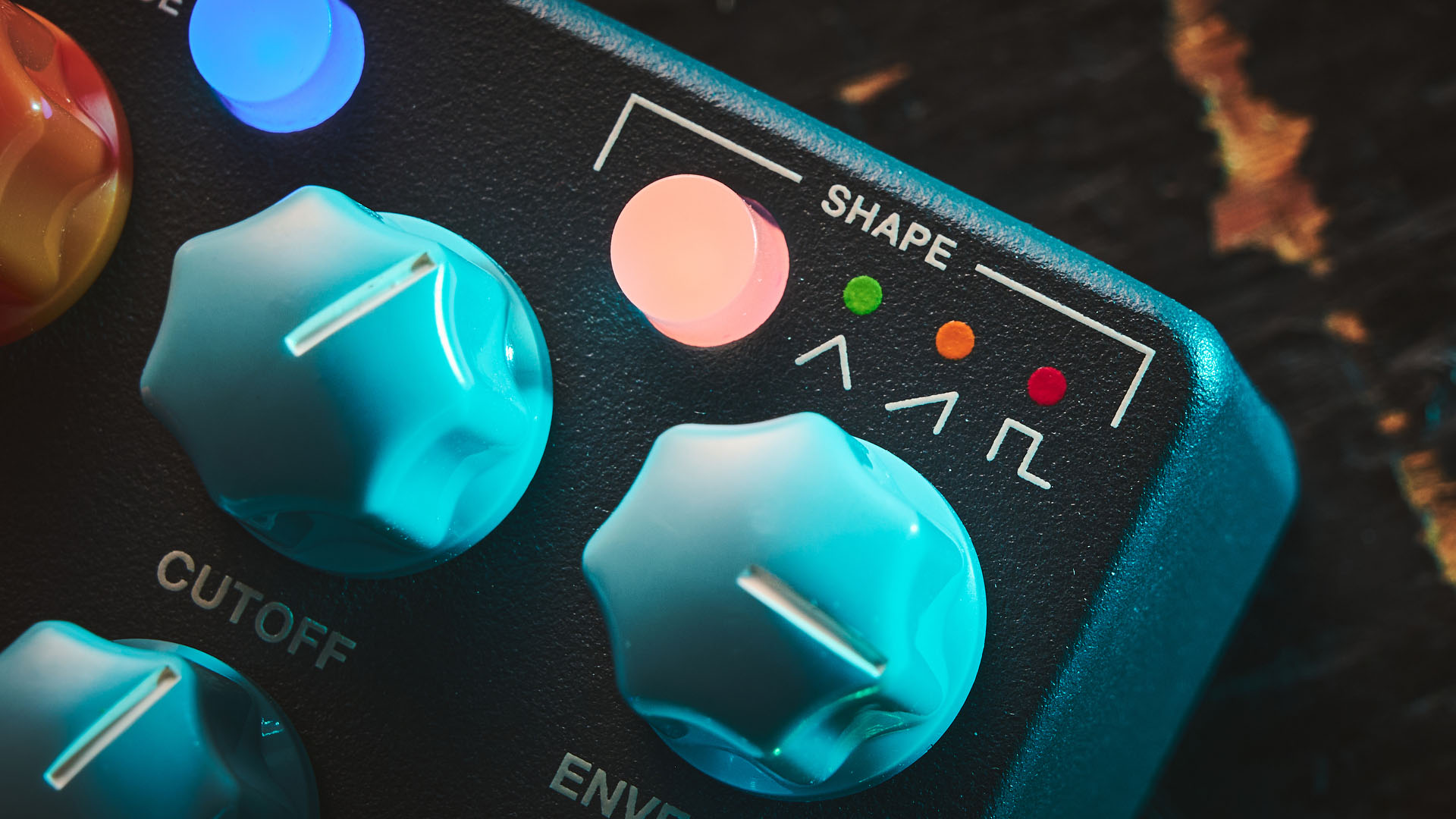
The extra parameters for each knob unlock masses of utility. A particularly important one for many players will be Amp Env., found by pressing the Voice button and turning the Envelope knob.
Those presets are useful, giving newcomers a starting point for tweaking, or even some ready-made tones to use straight away
This adjusts the attack time of each note, and anyone seeking immediate, touch-responsive punch will want to back this off to zero, letting the note burst in immediately. Meanwhile, turning it up can be very useful for EDM-esque ‘ducking’ sounds, as heard in one of the pre-loaded settings.
Yes, those presets are useful, giving newcomers a starting point for tweaking, or even some ready-made tones to use straight away.
However, not all of them sound exact for the tones they’re replicating - cross-referencing with Allison’s excellent full-length demo (and performing a factory reset as a precaution), there are notable differences in some of the pre-loaded tones, including the much-vaunted ‘Thrillenganes’ setting modelled after Greg Phillinganes’s work on Thriller. This necessitated properly learning the way around those controls, though, so it’s not all doom and gloom.
Verdict
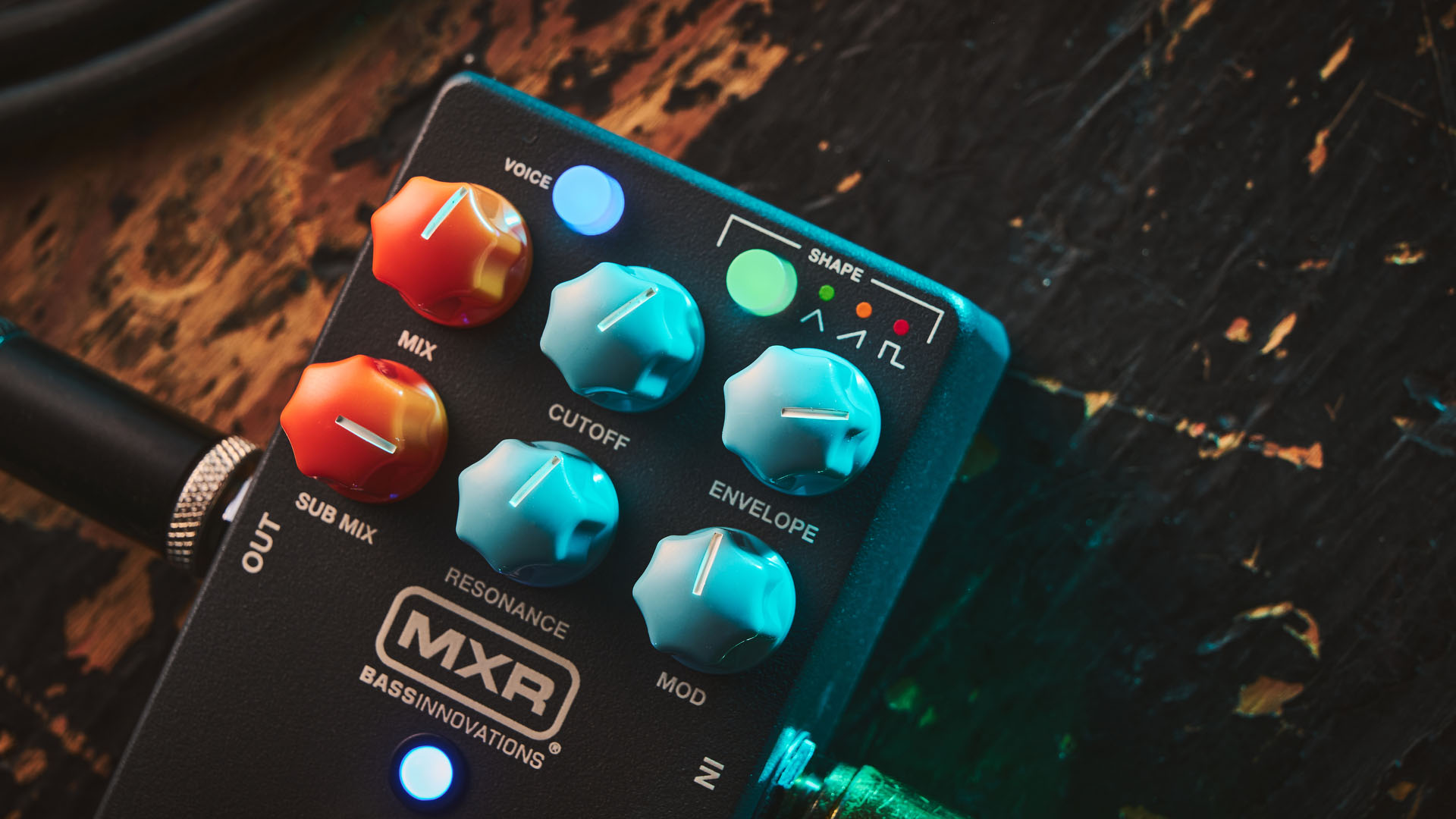
Quote text here
I’ll confess – my head span on numerous occasions when first attempting to bring the Bass Synth to heel, but it didn’t take forever to feel as though I was able to work productively with it.
Once set up and learned, the sounds are world-class. Most players seeking this sort of pedal, in this relatively serious price bracket, will want detailed adjustment over multitudes of parameters – it certainly offers that.
By its very nature, it’s a complicated beast, but MXR and Allison have clearly given thought to making it as intuitive as possible too. For those seeking truly in-depth control over their synth bass tones, it’s something of a one-stop shop.
Guitar World verdict: It's difficult to think of a synth bass sound that couldn't be achieved with the new MXR Bass Synth. It requires some dedication to truly master the art of dialling in your desired tone, but that's to be expected from something that provides such depth in such a small package.
Test |
Results |
Score |
|---|---|---|
Build quality |
No concerns, a typically well-made and well-finished build from MXR. |
★★★★★ |
Usability |
Those presets aren't perfect, but it's good to have them. The rabbit hole of further tweaking runs deep. |
★★★★☆ |
Sounds |
They aren't necessarily on the table from the start, but there are multitudes of truly superb tones here. |
★★★★½ |
Overall |
Well worth a trip down the synth rabbit hole. |
★★★★½ |
!["[T]he First and Fifth Amendments Require ICE to Provide Information About the Whereabouts of a Detained Person"](https://images.inkl.com/s3/publisher/cover/212/reason-cover.png?w=600)






